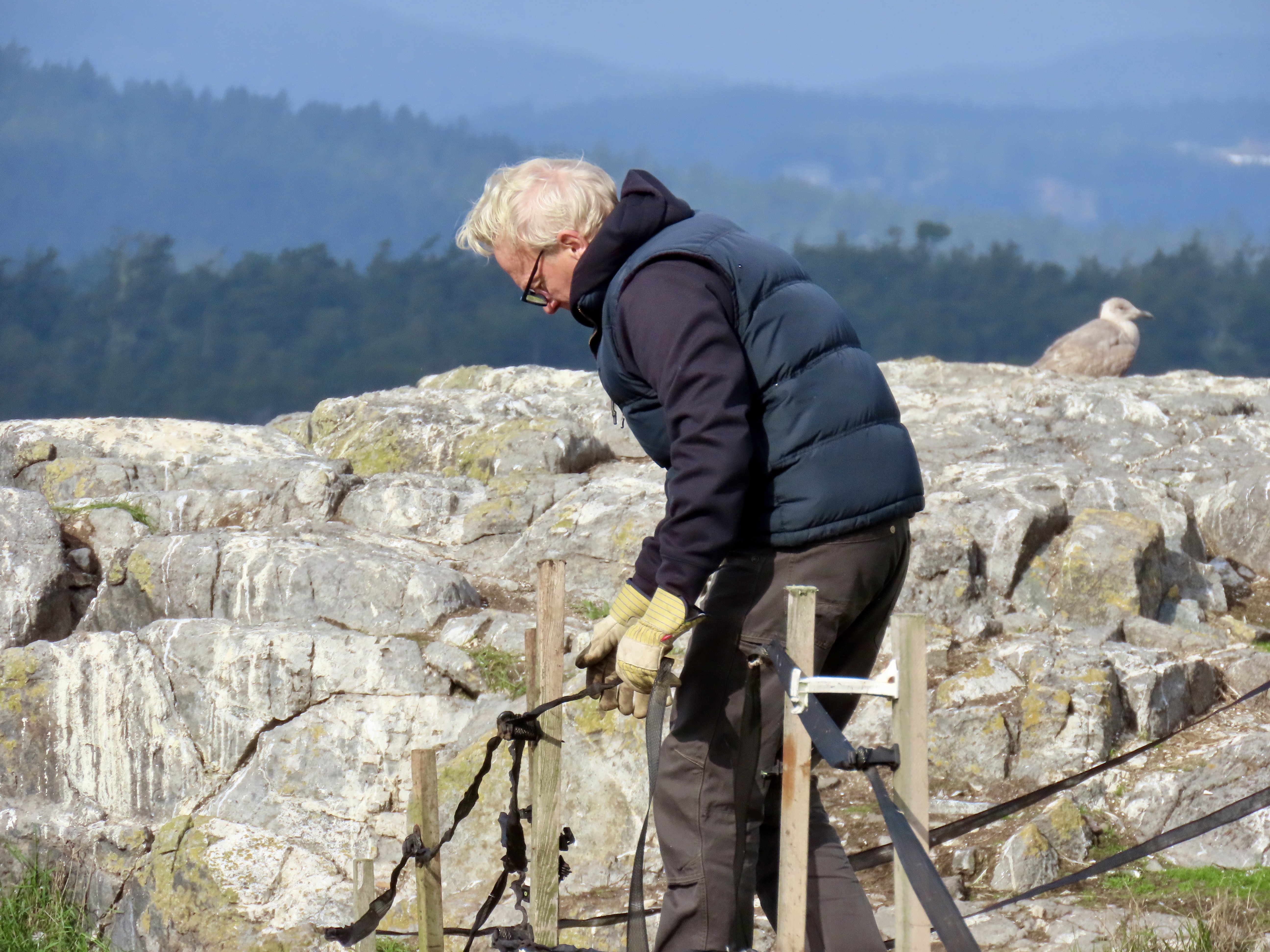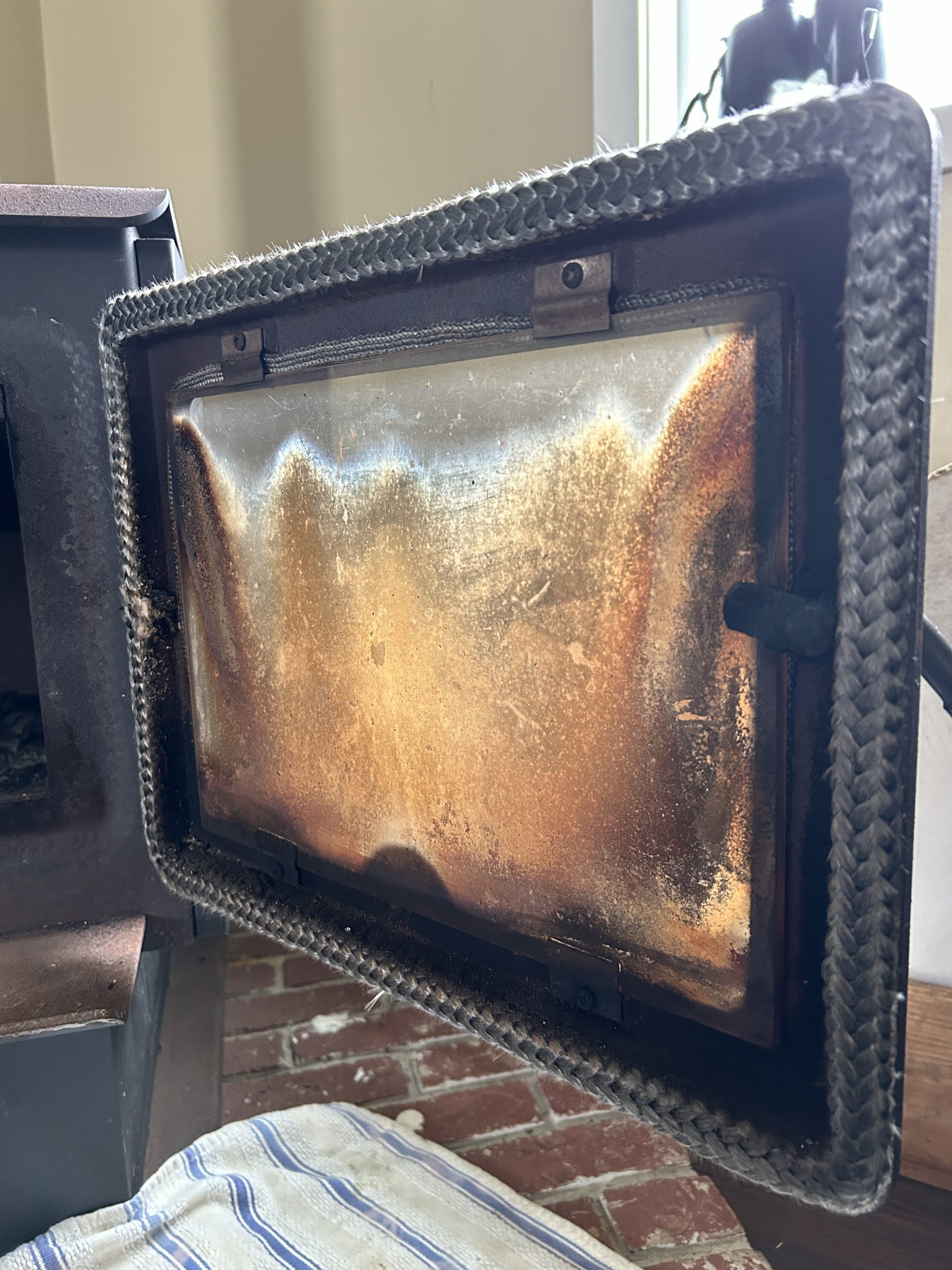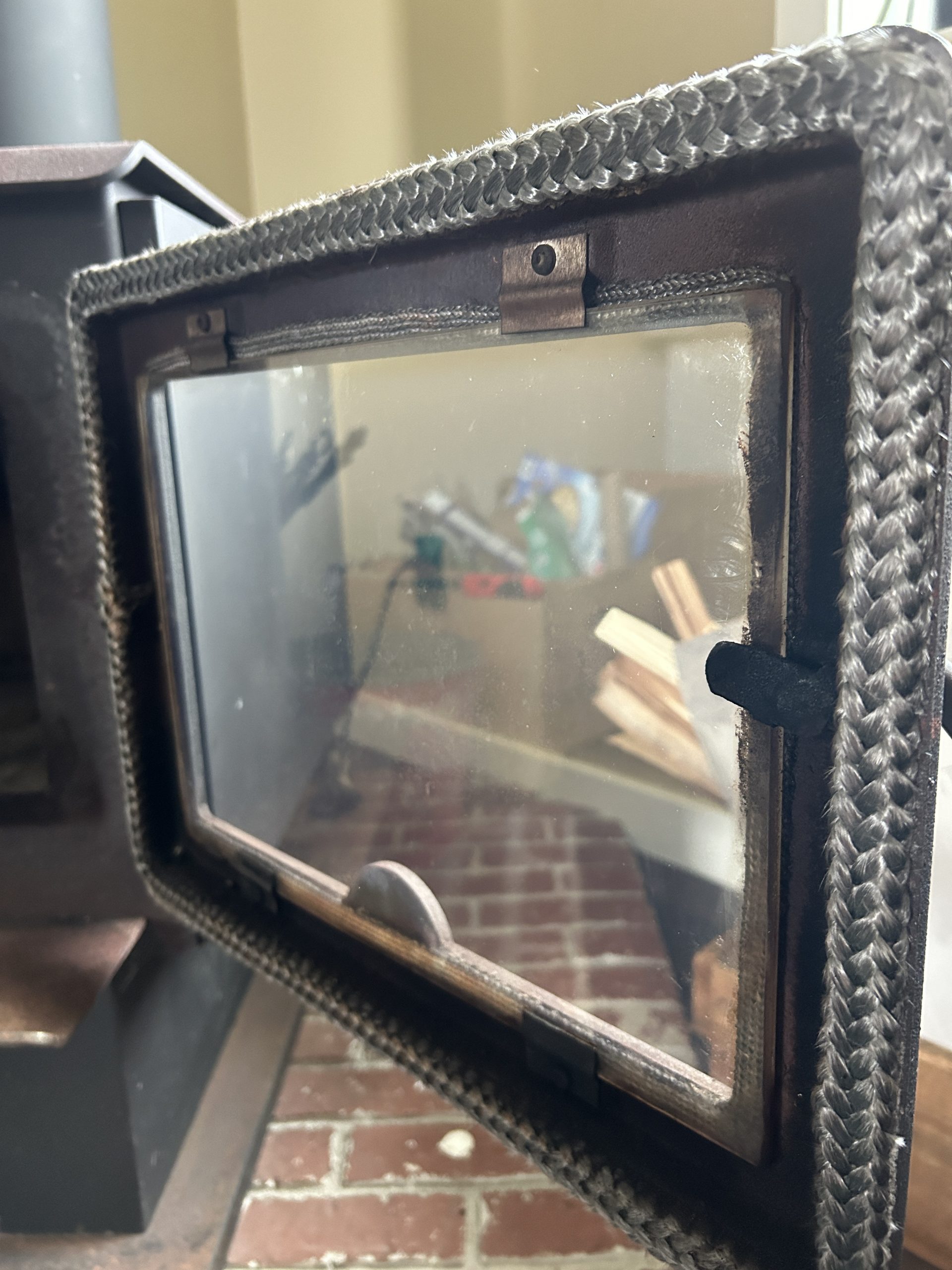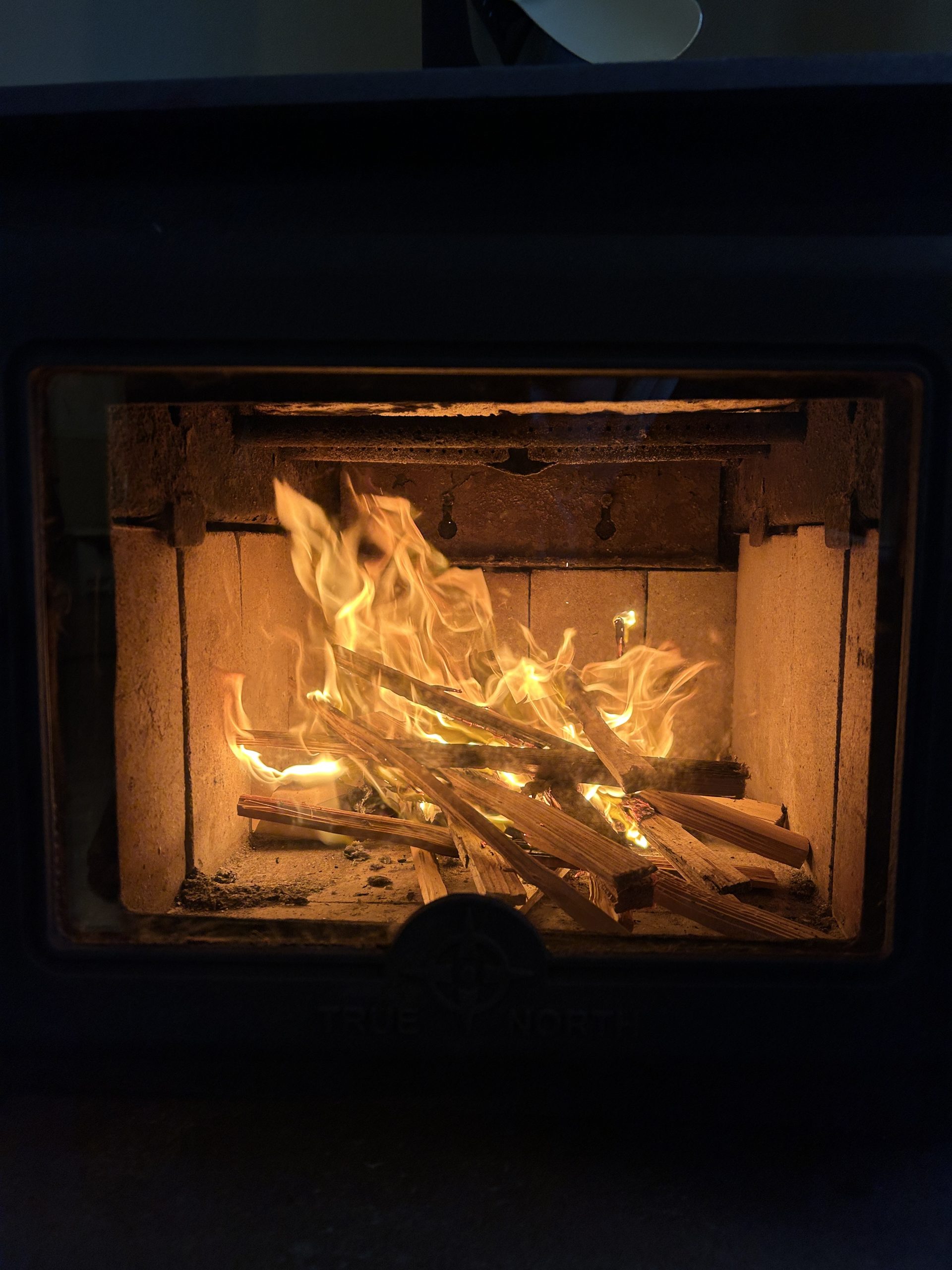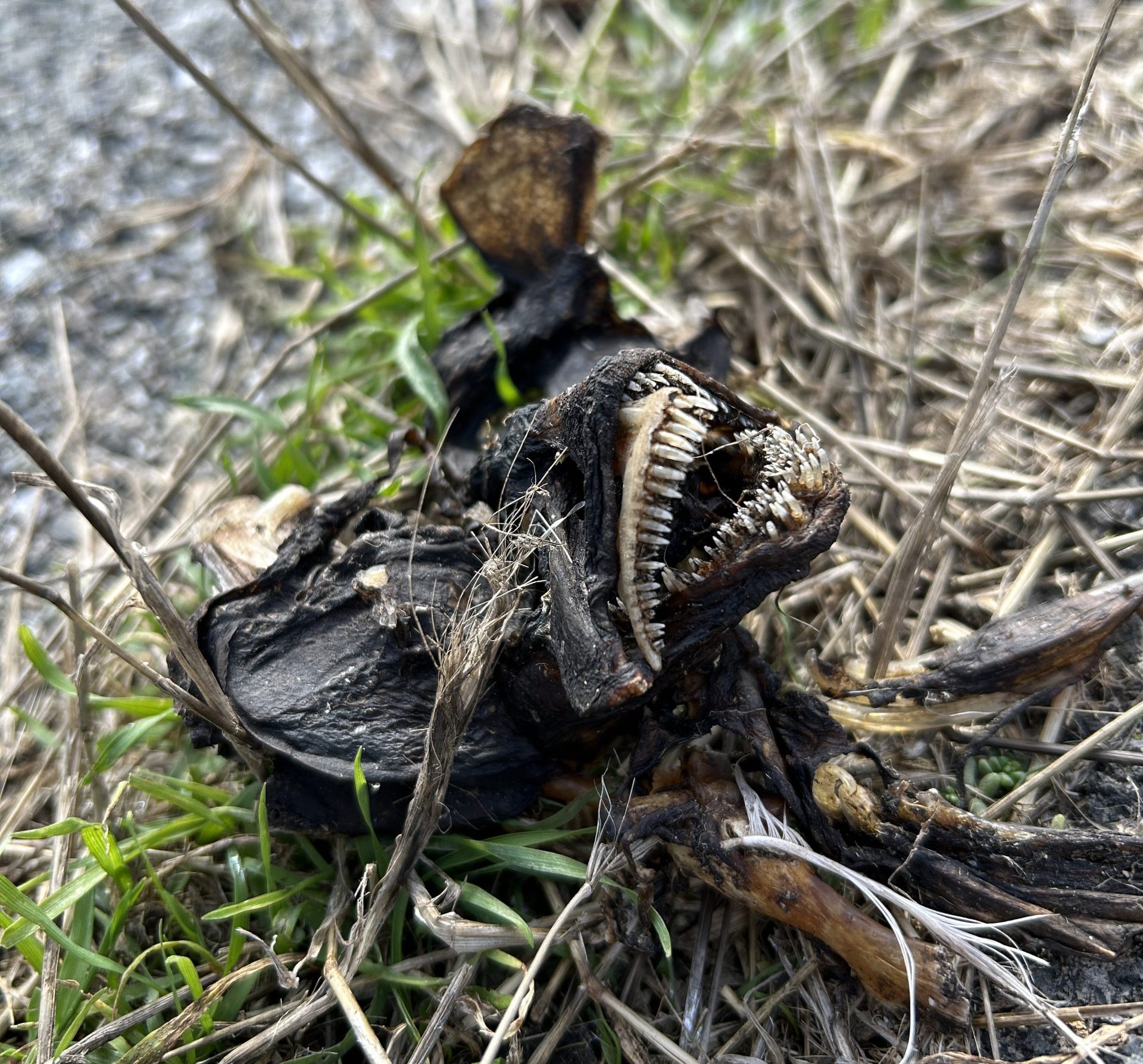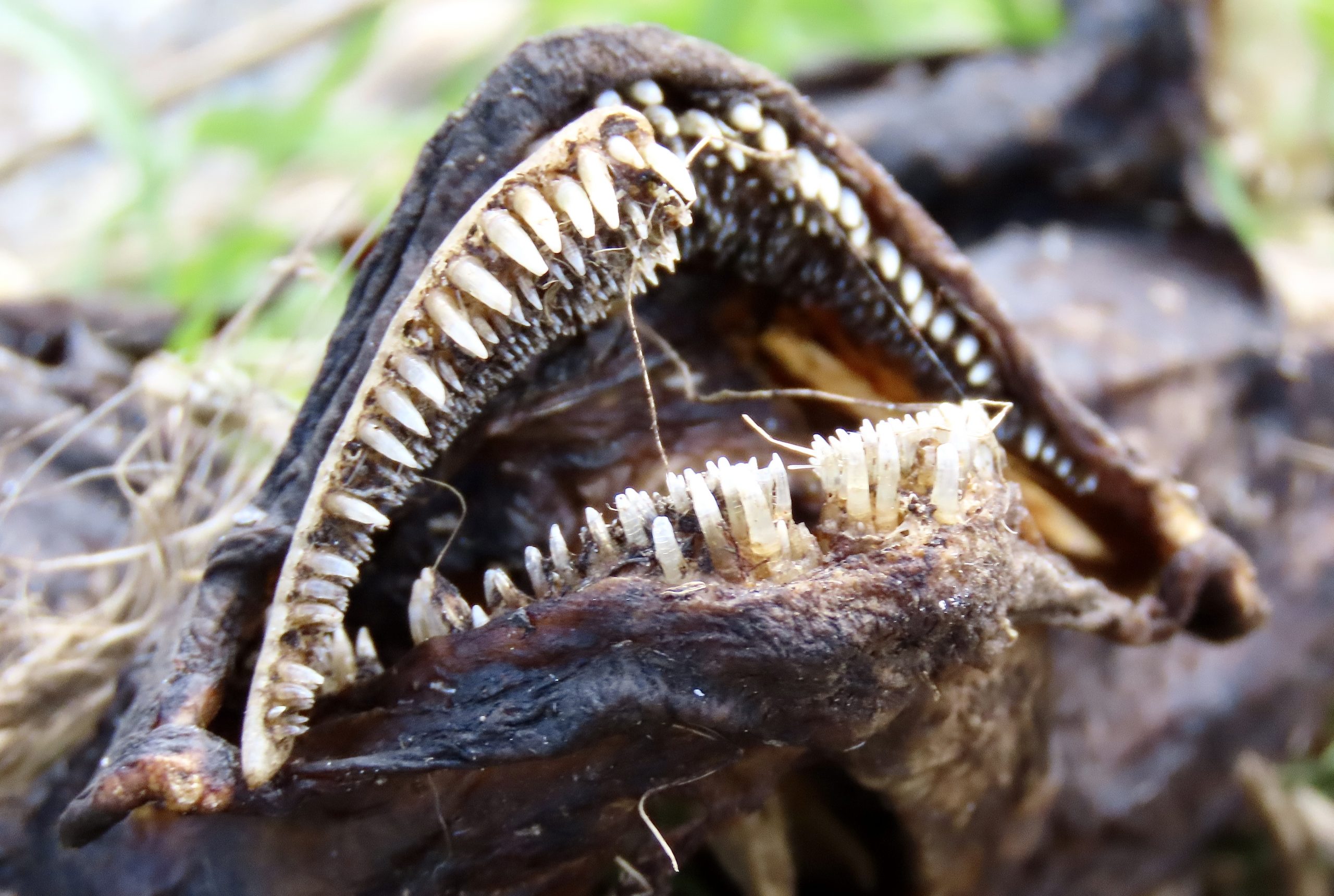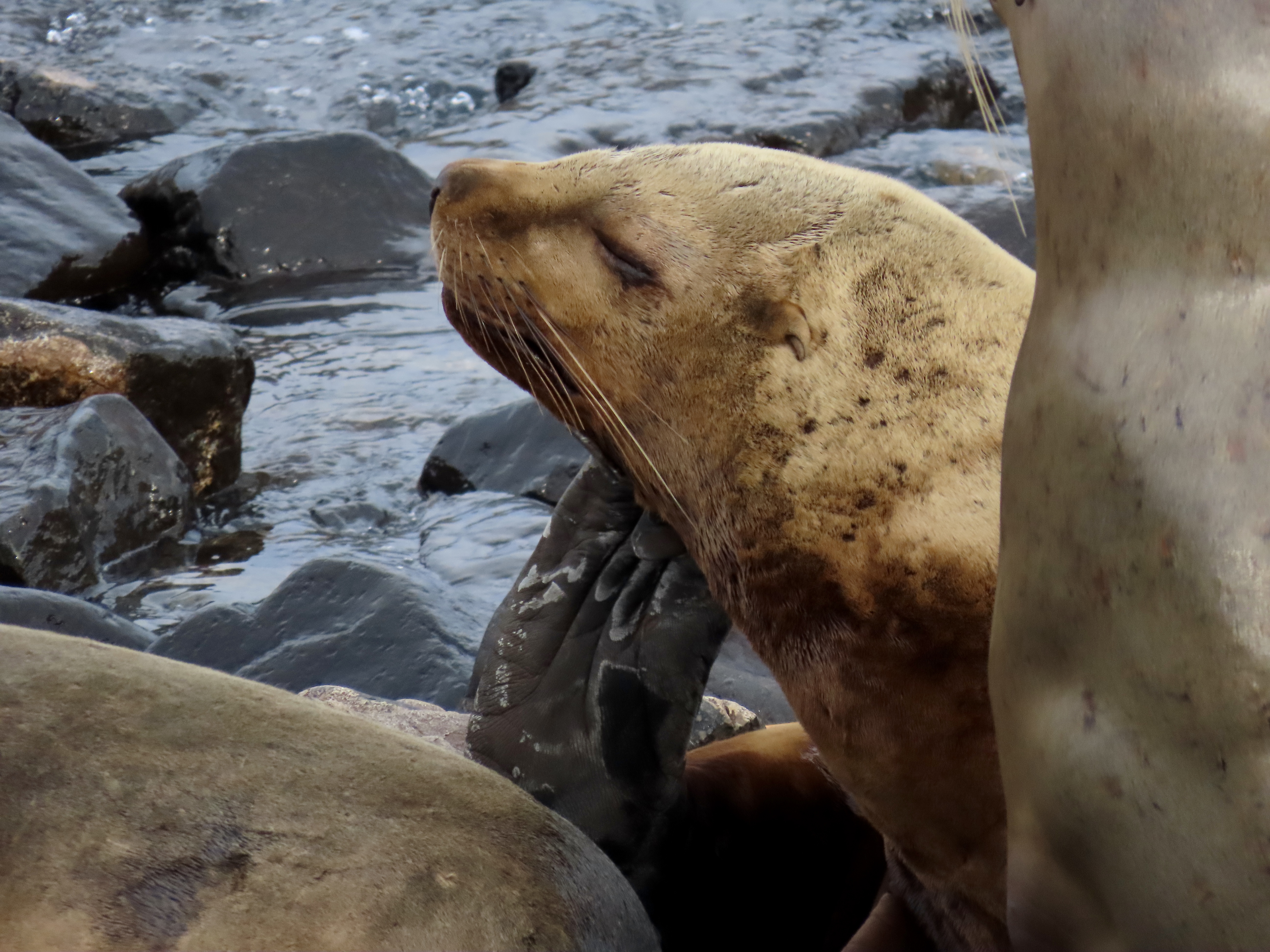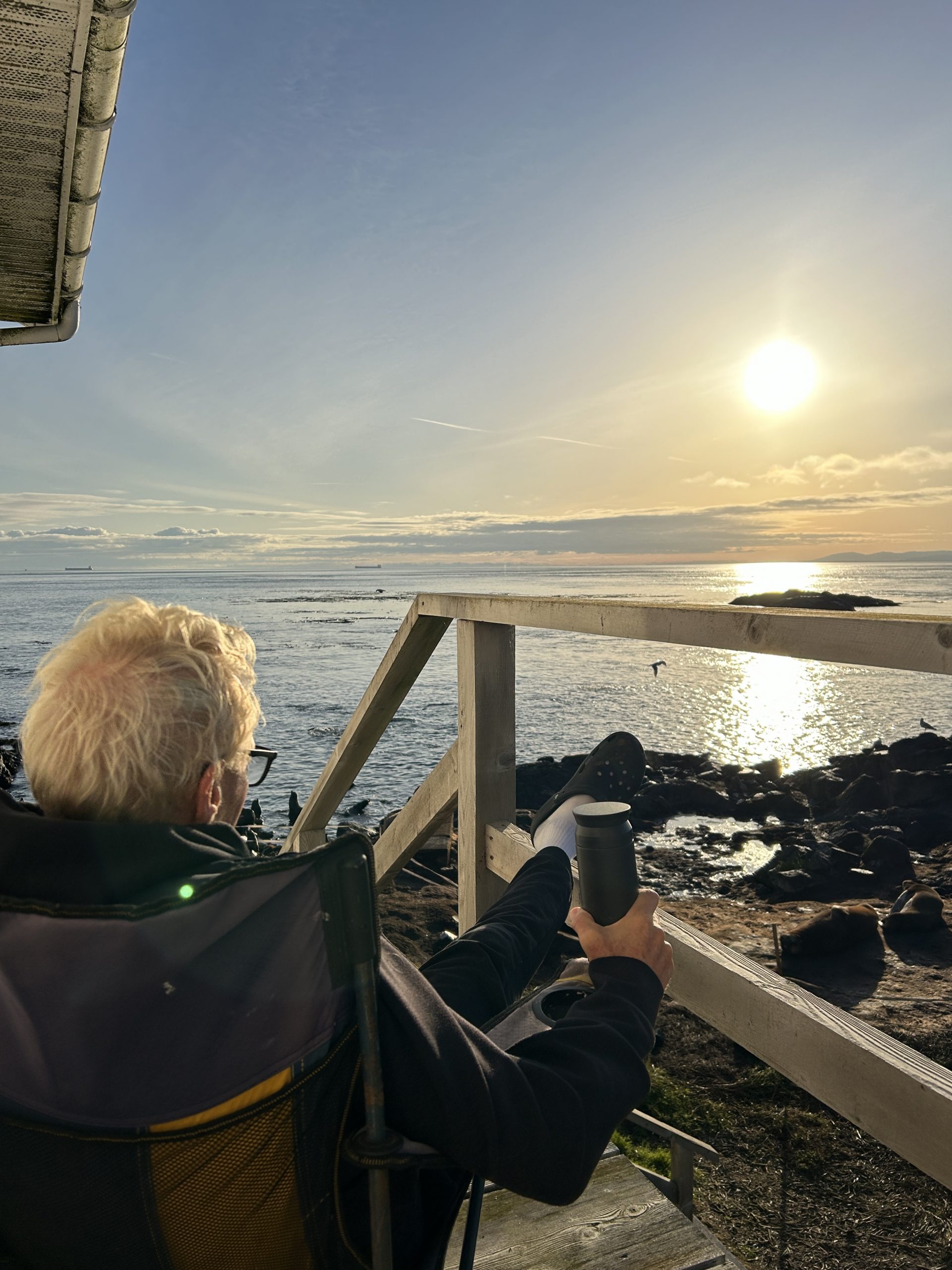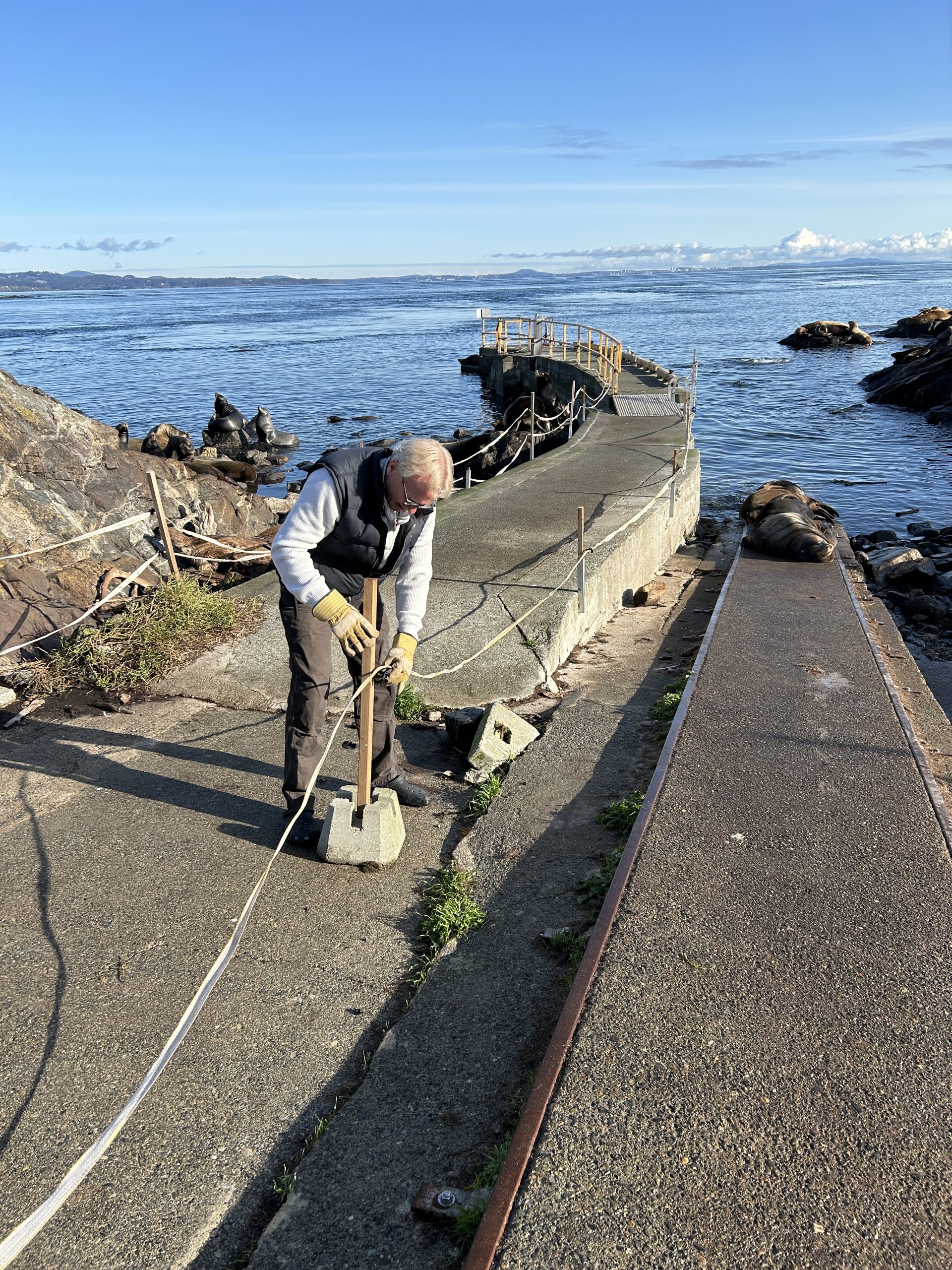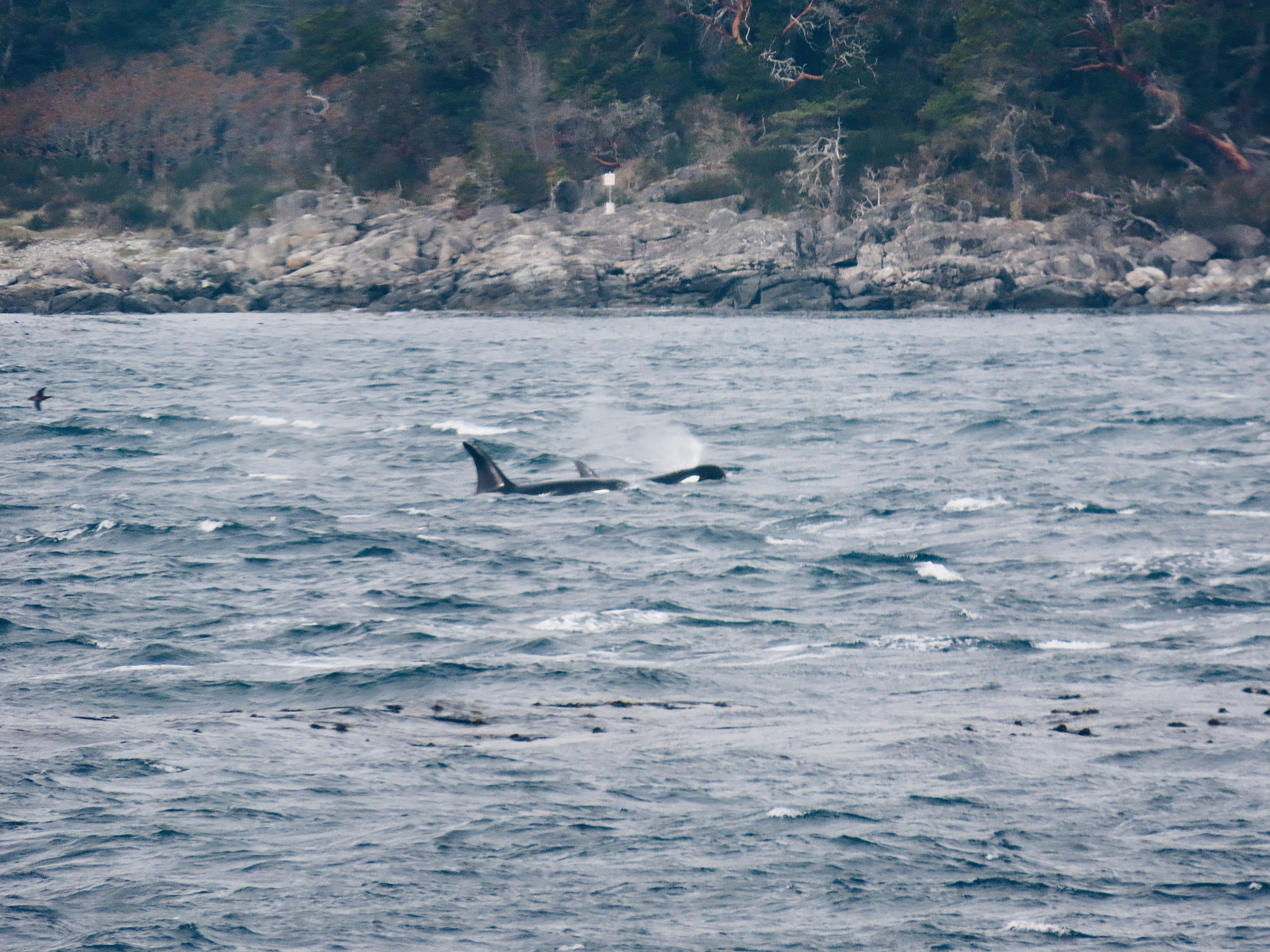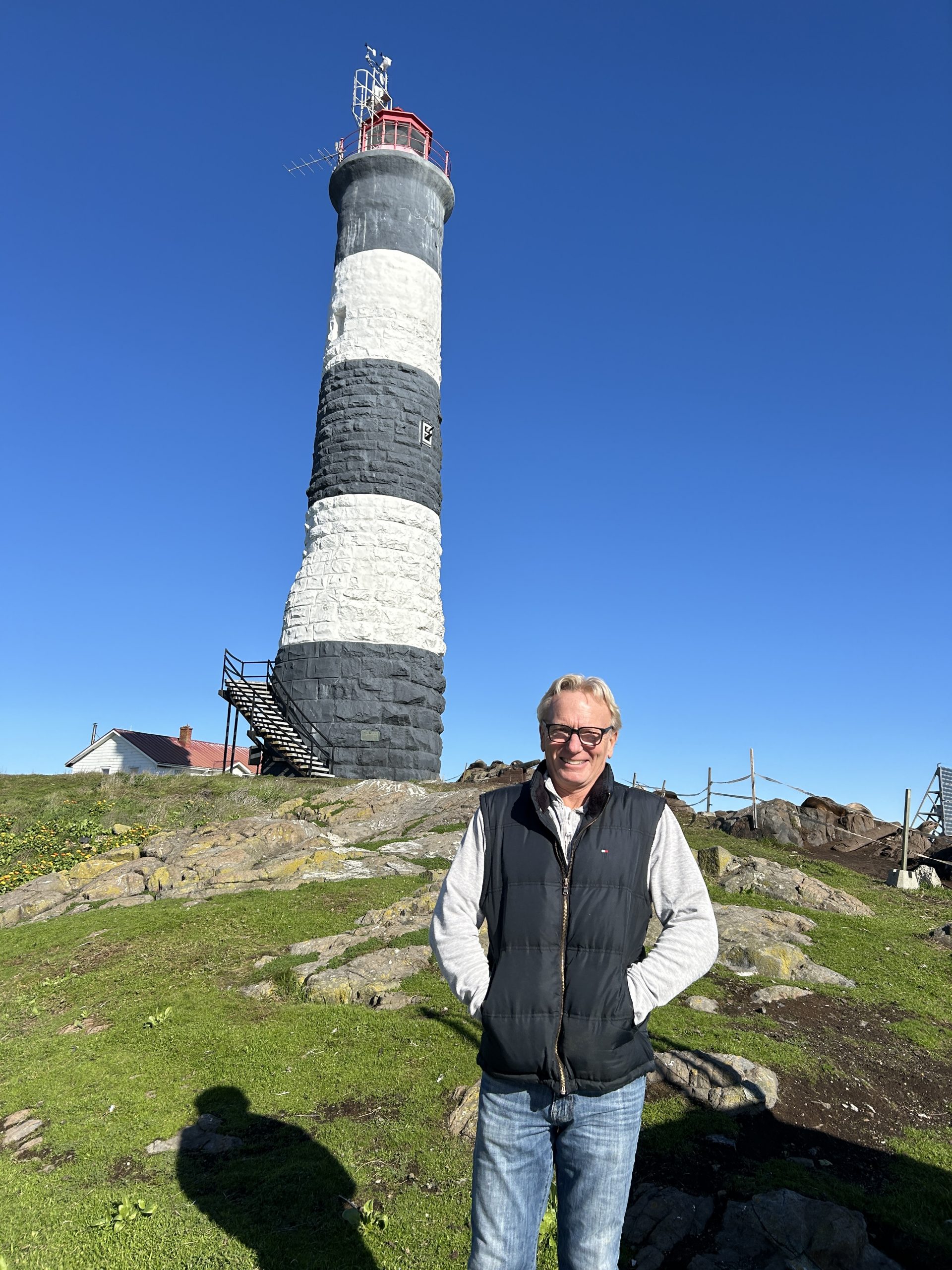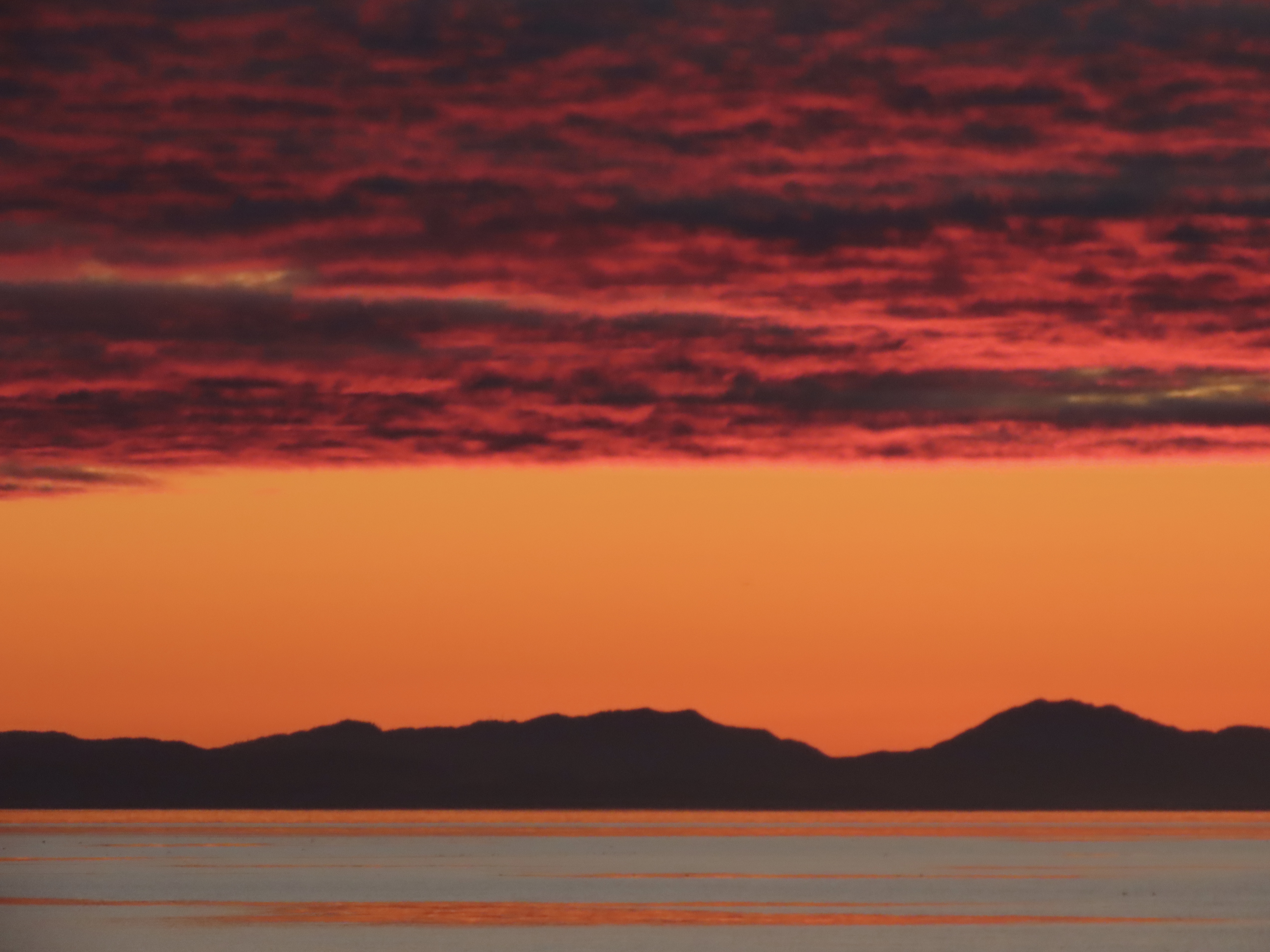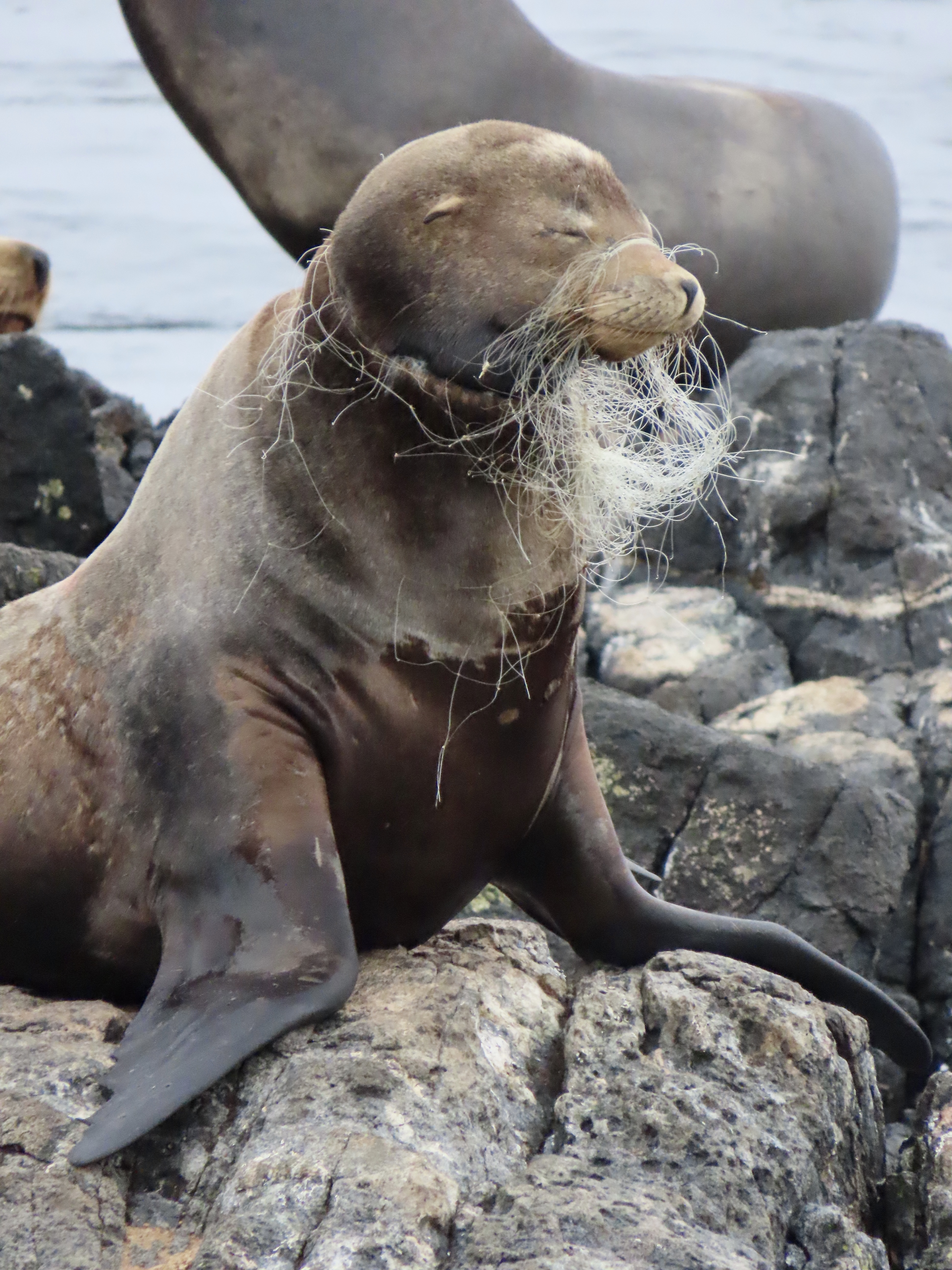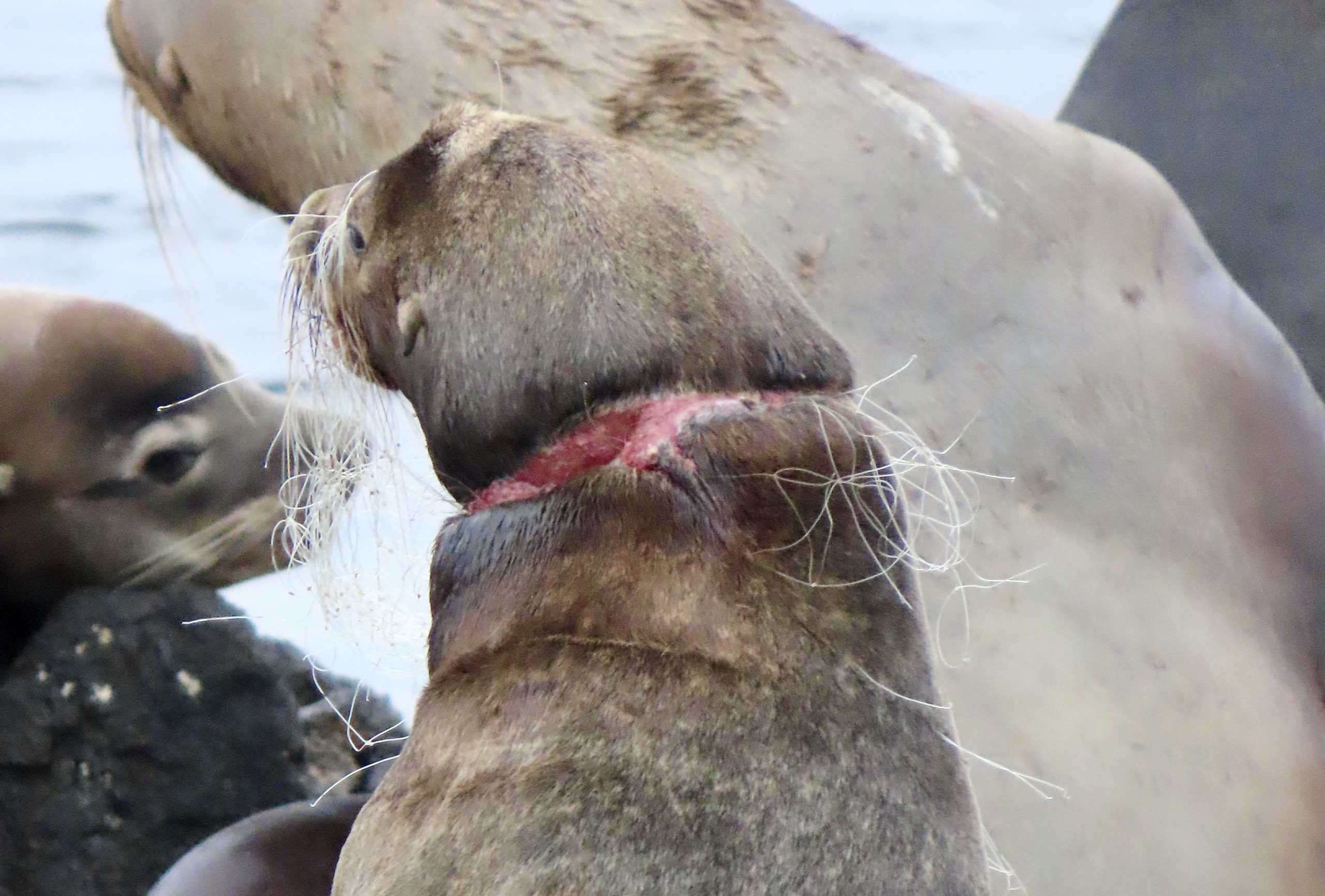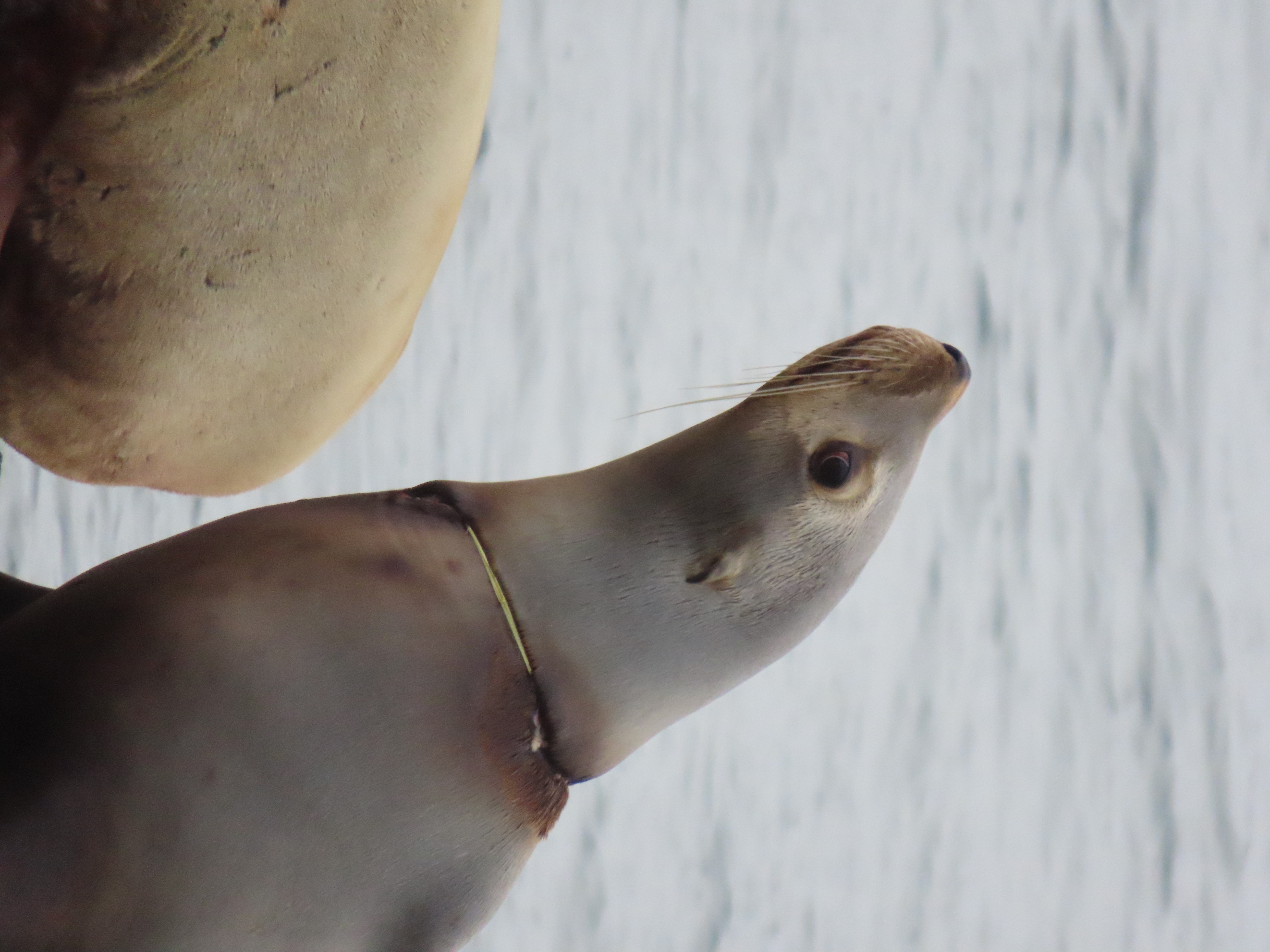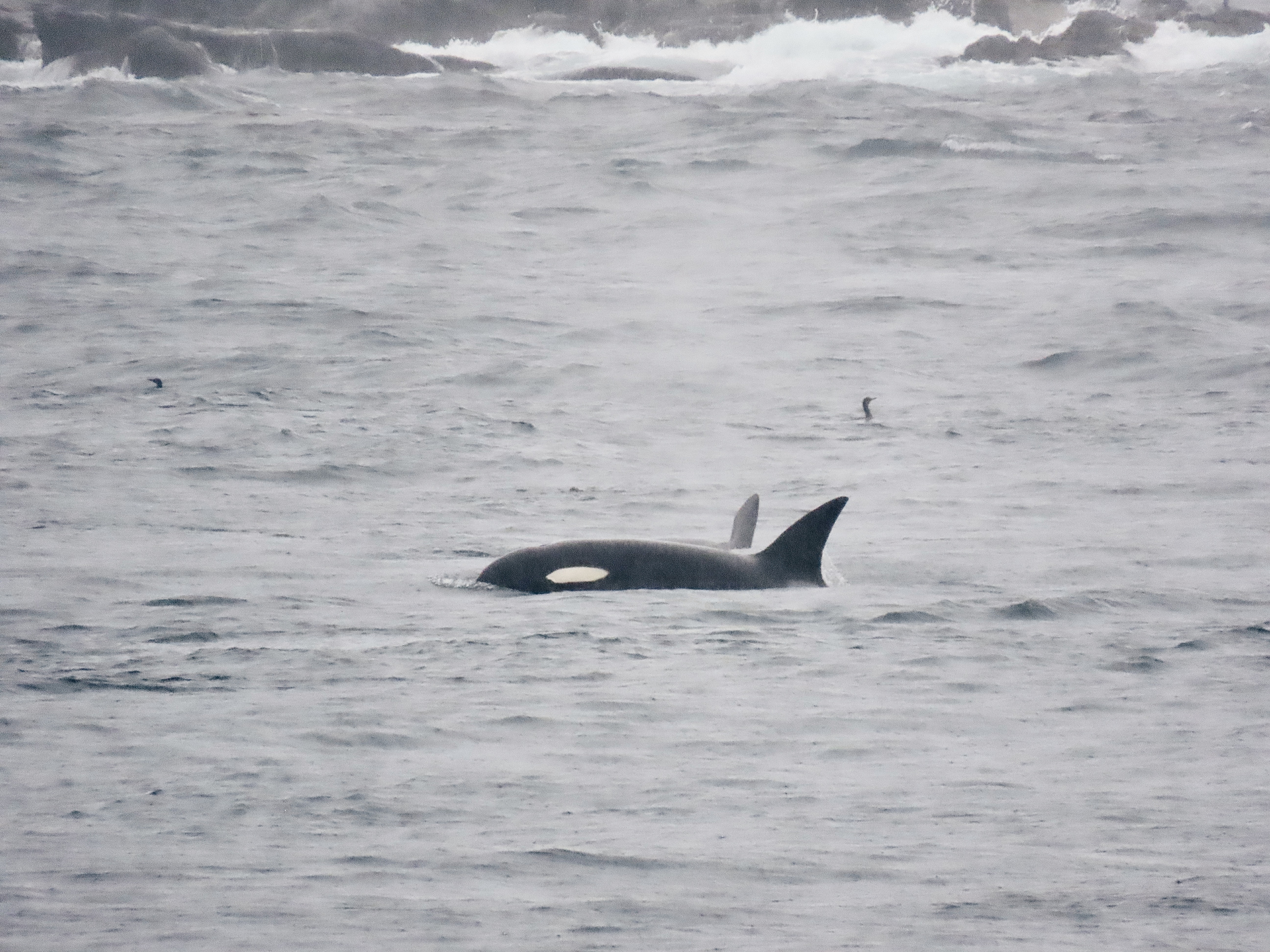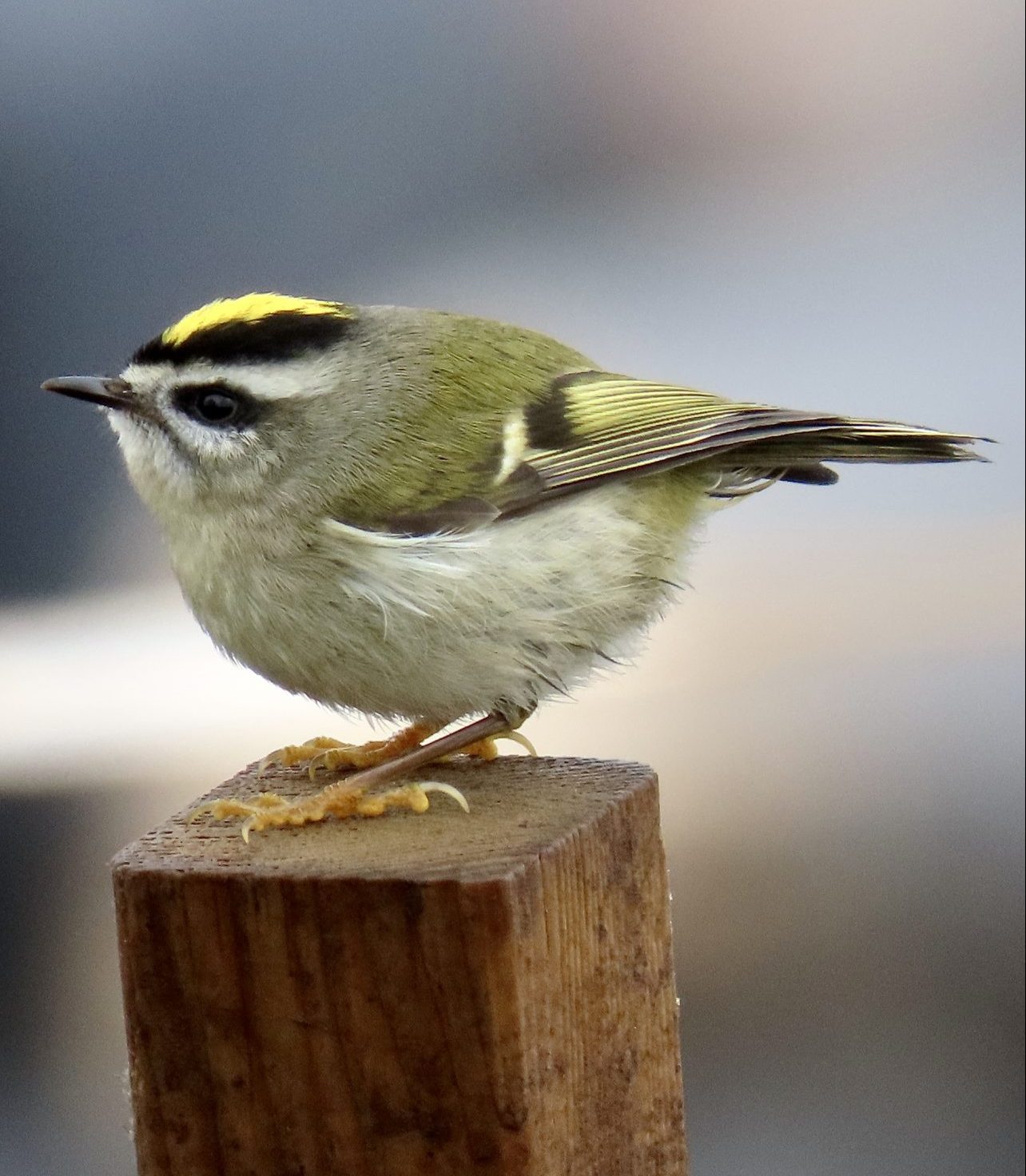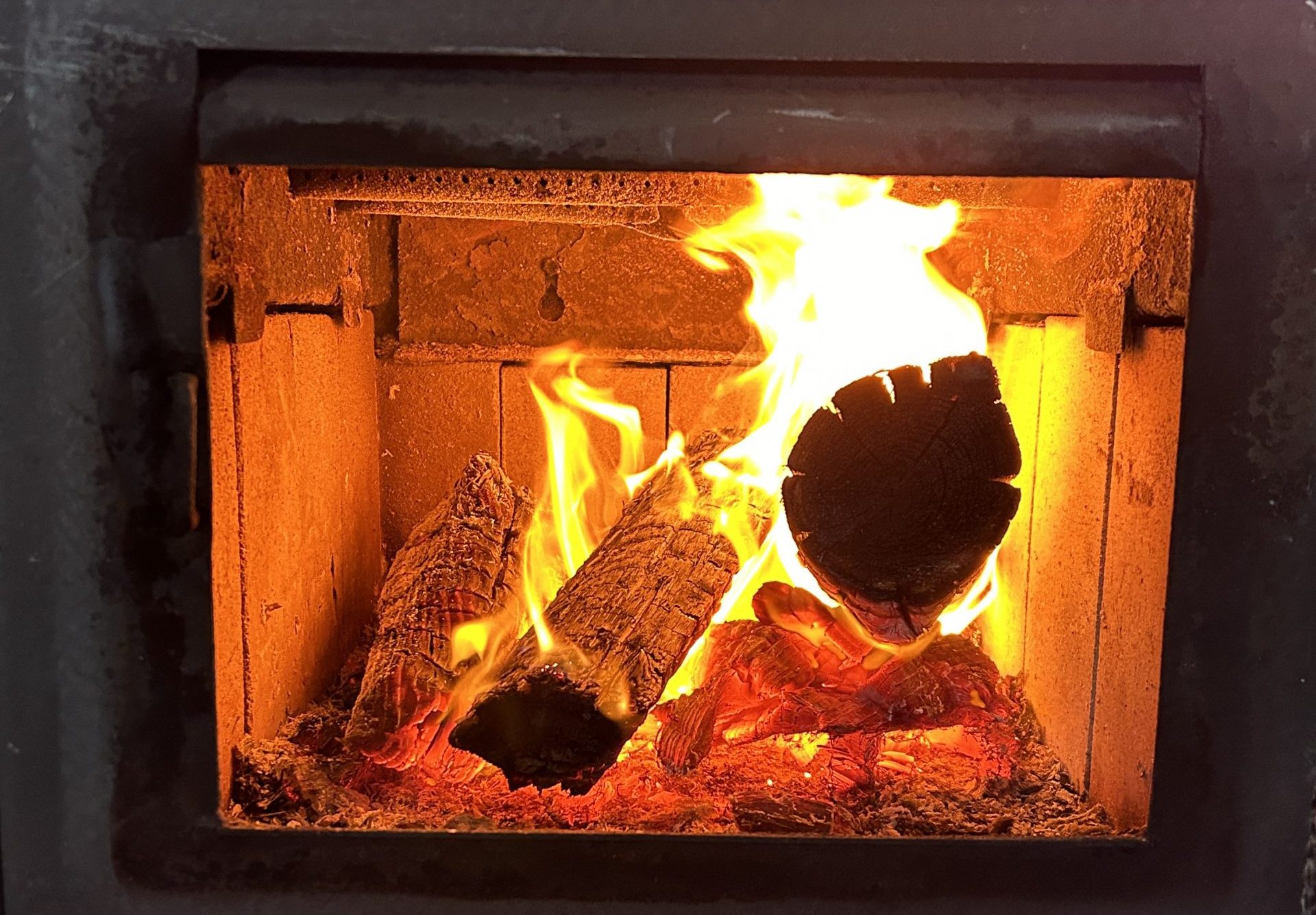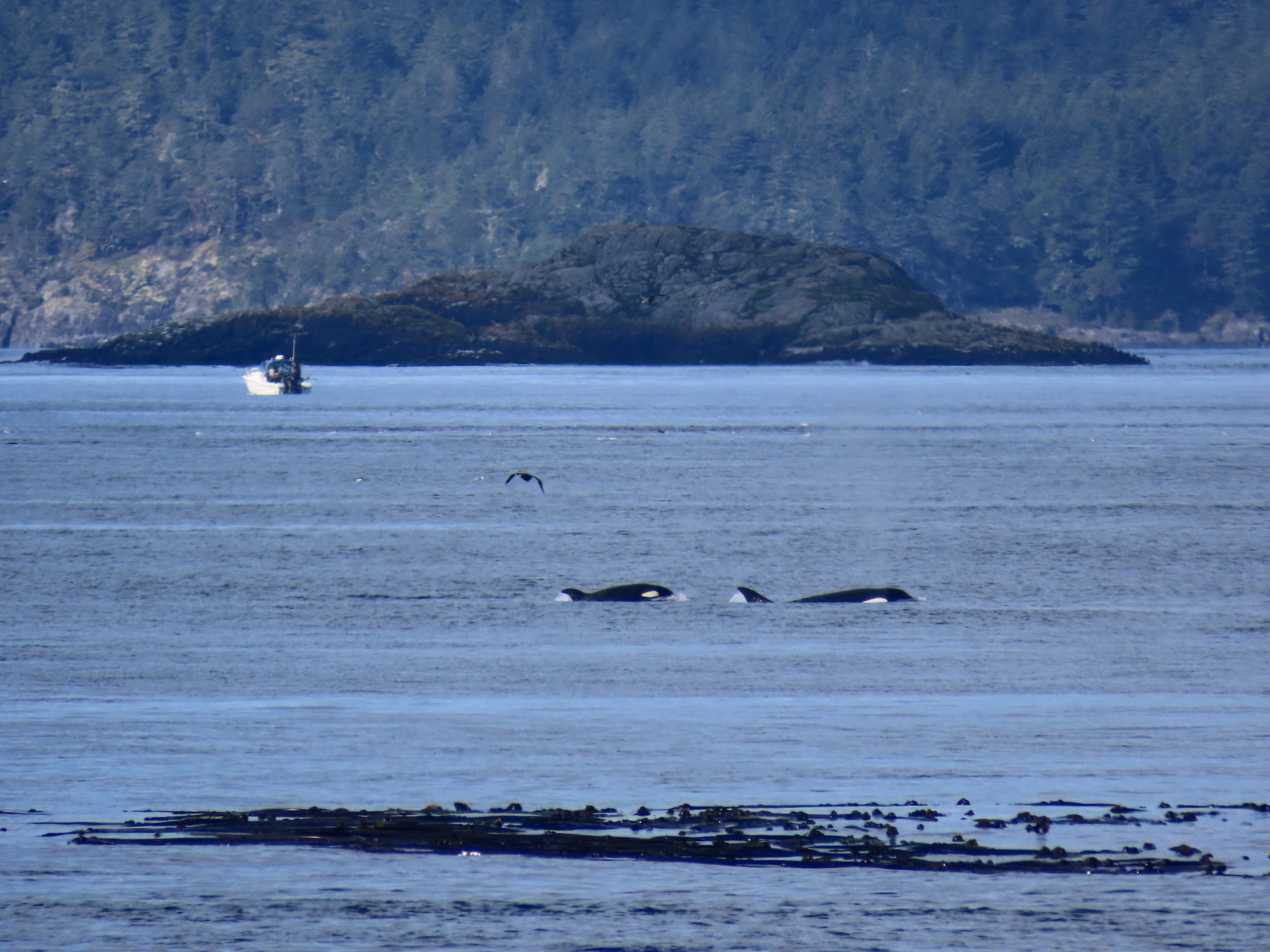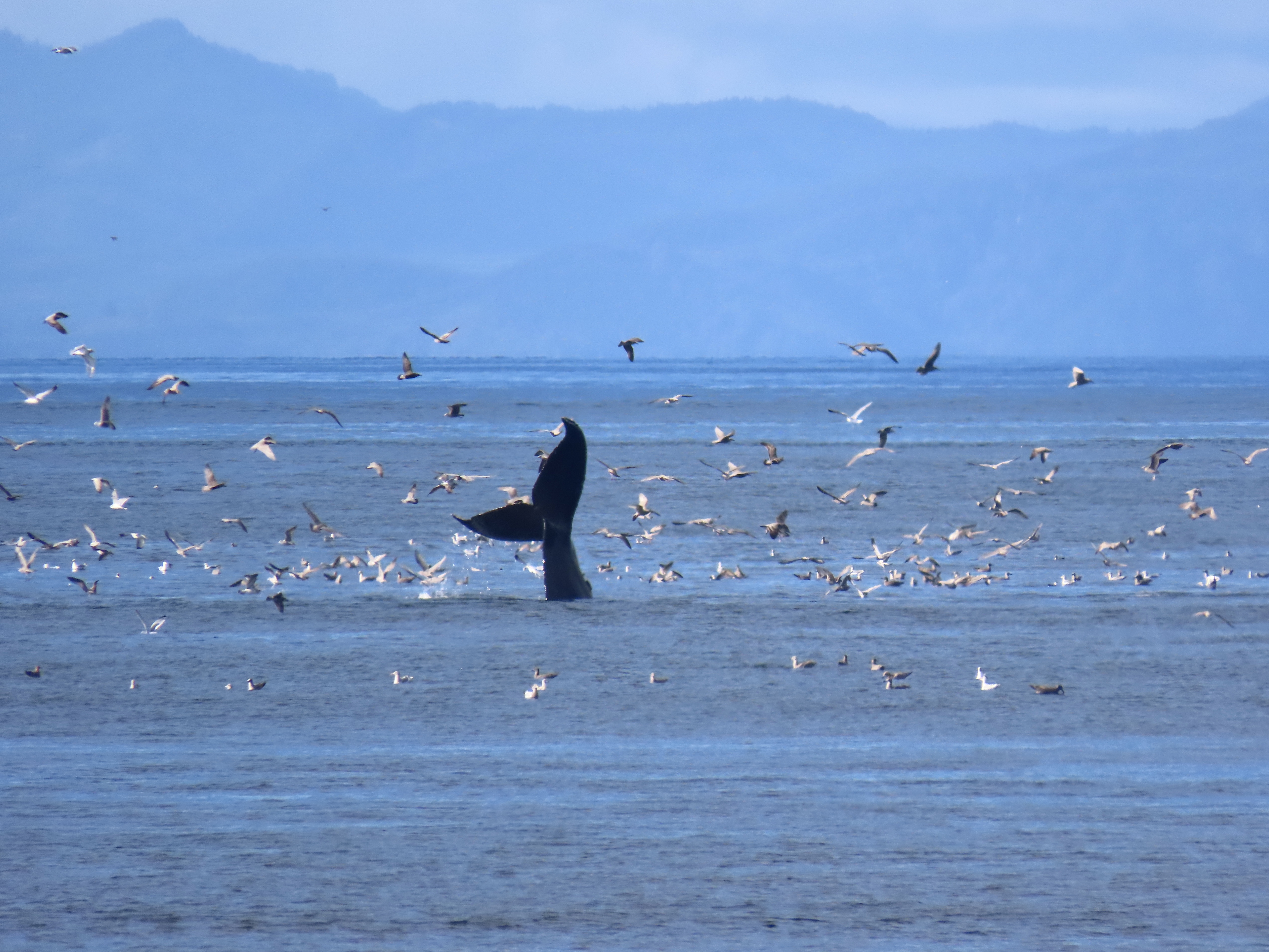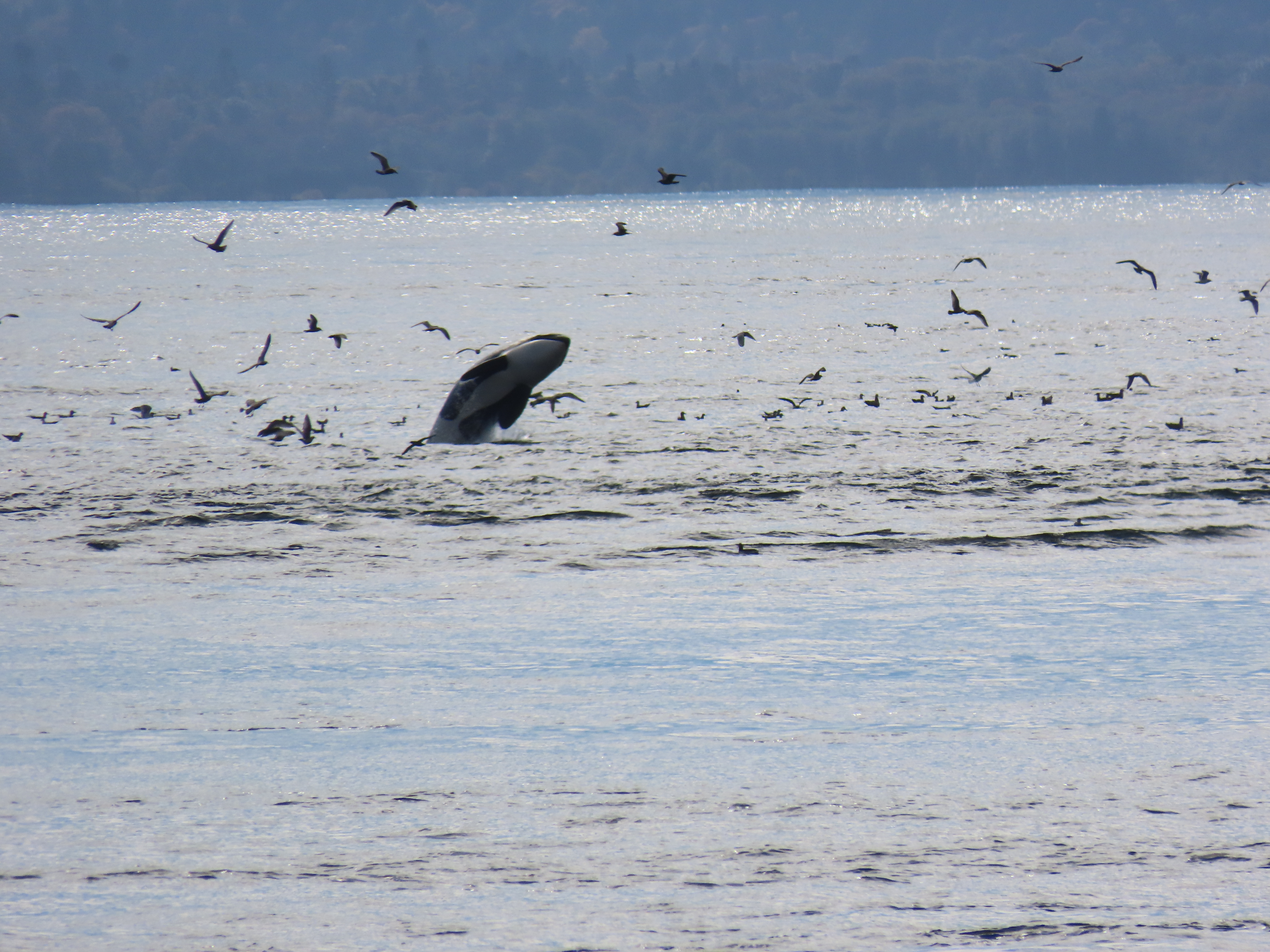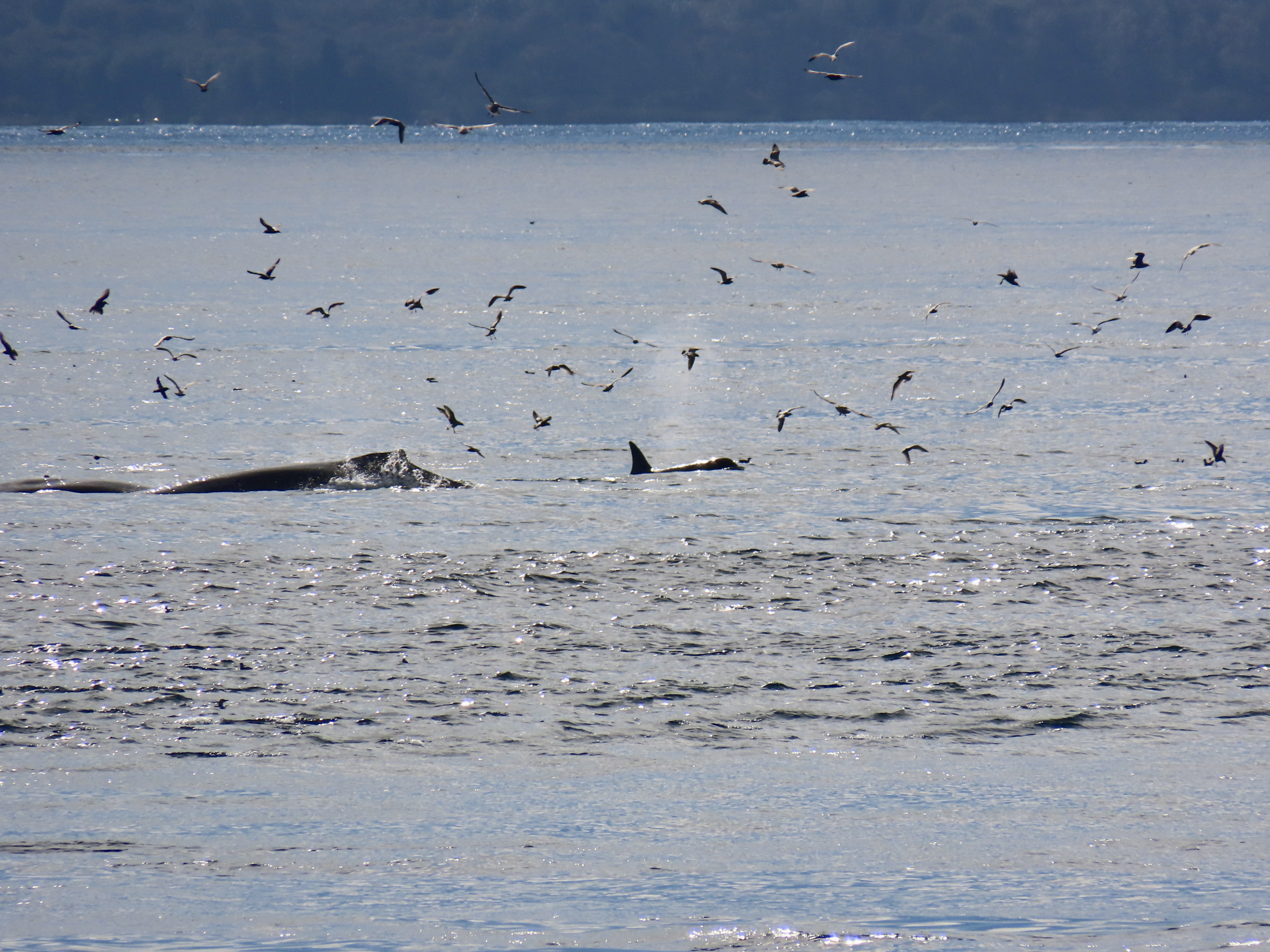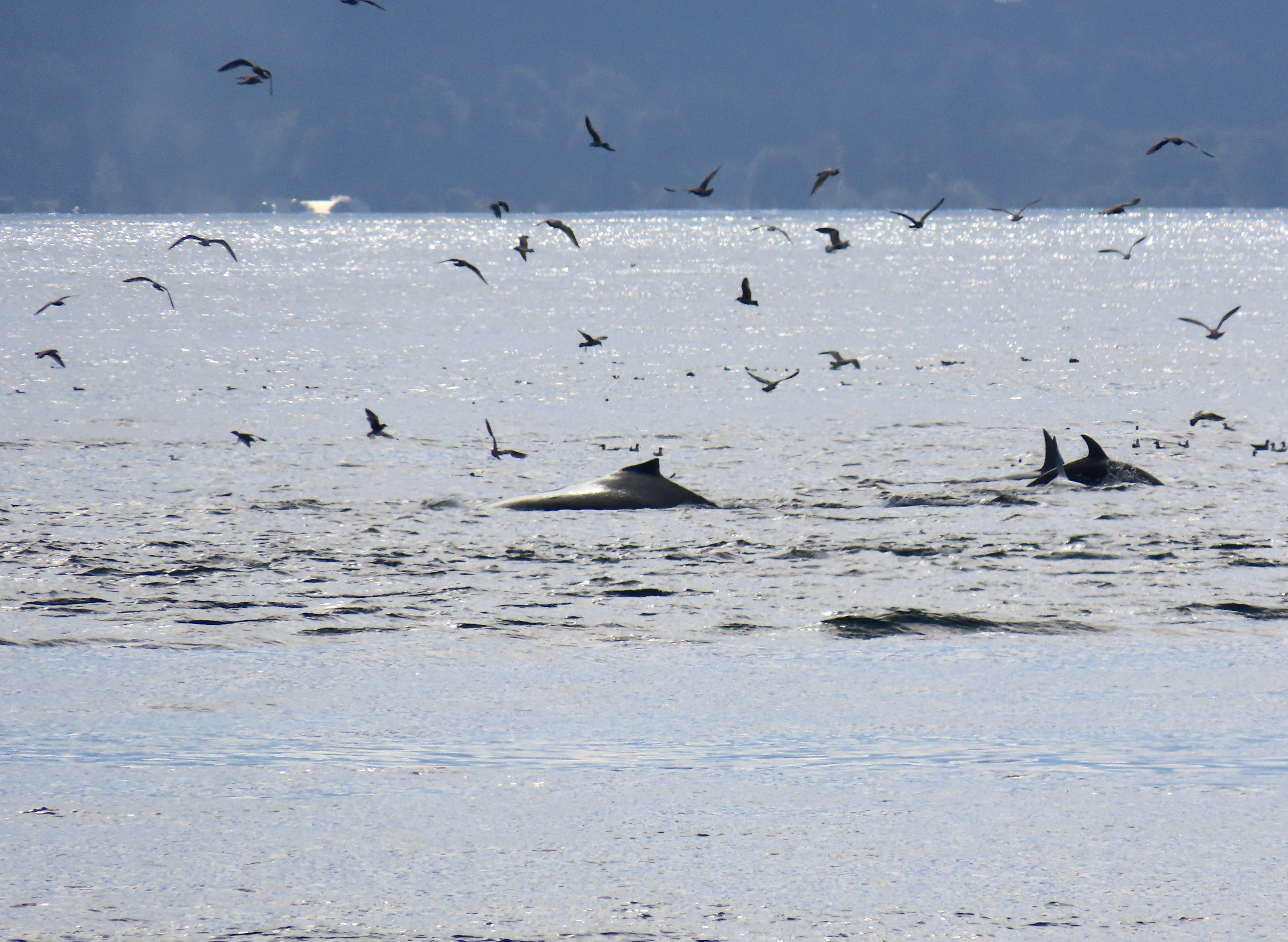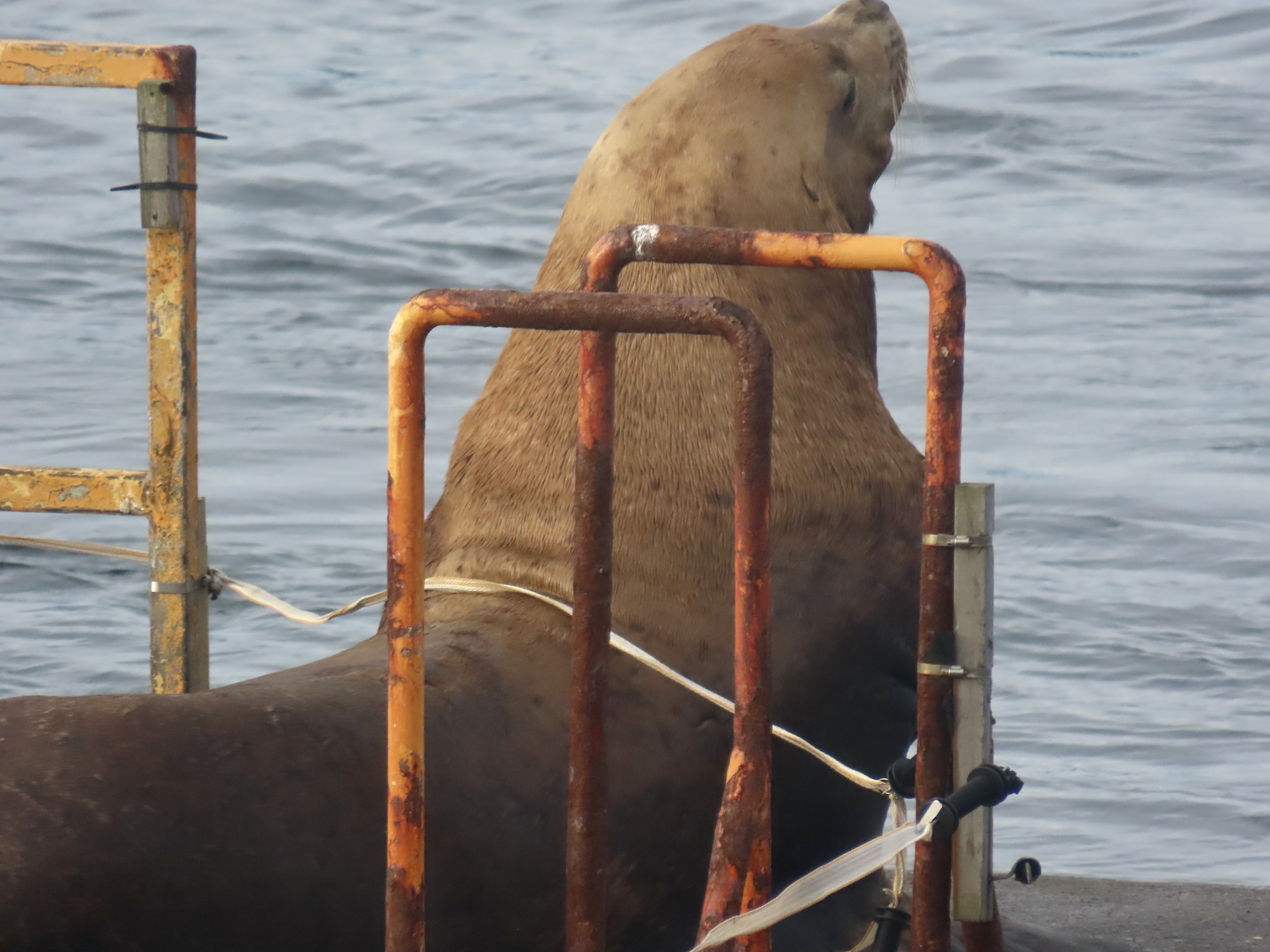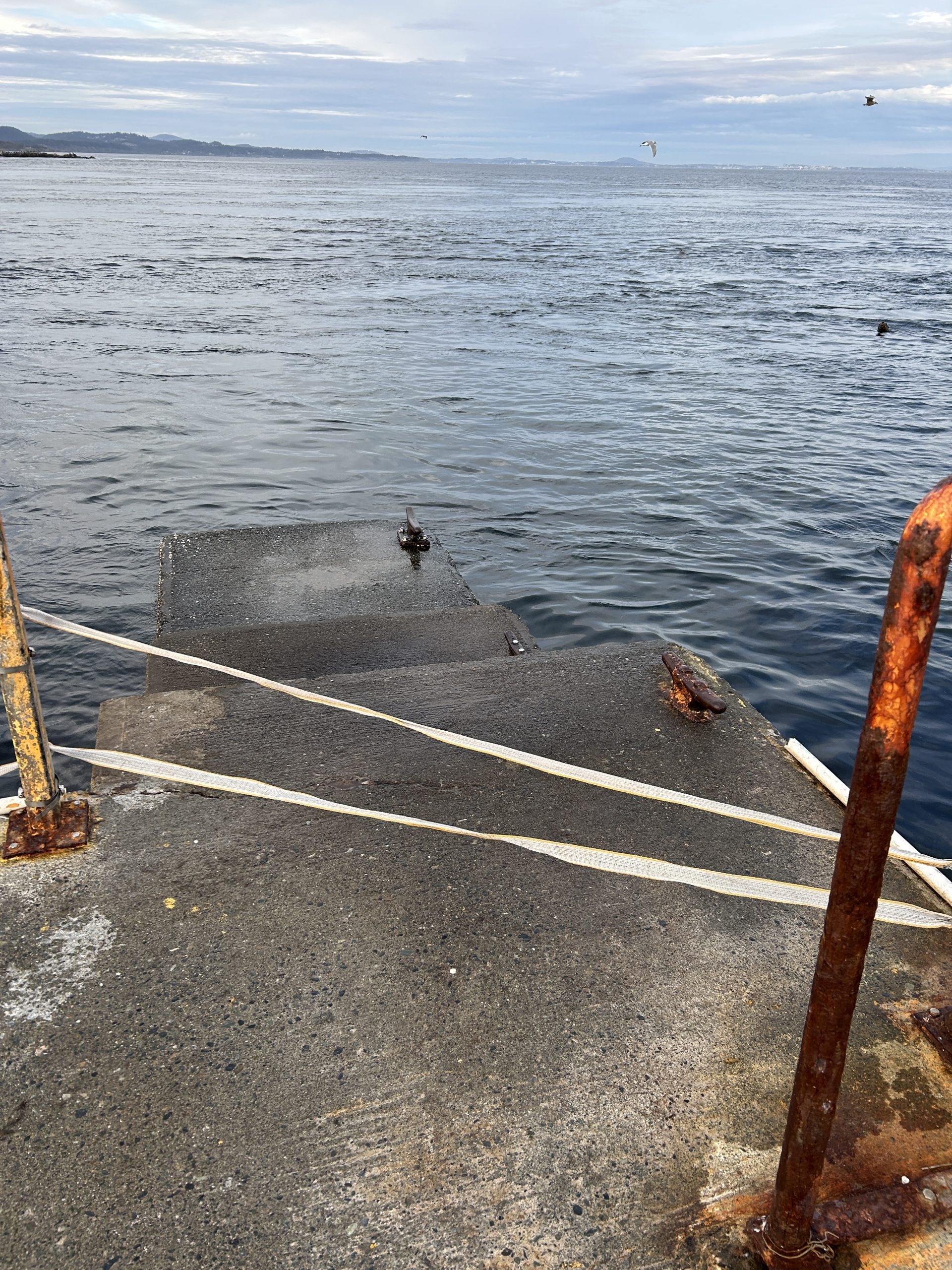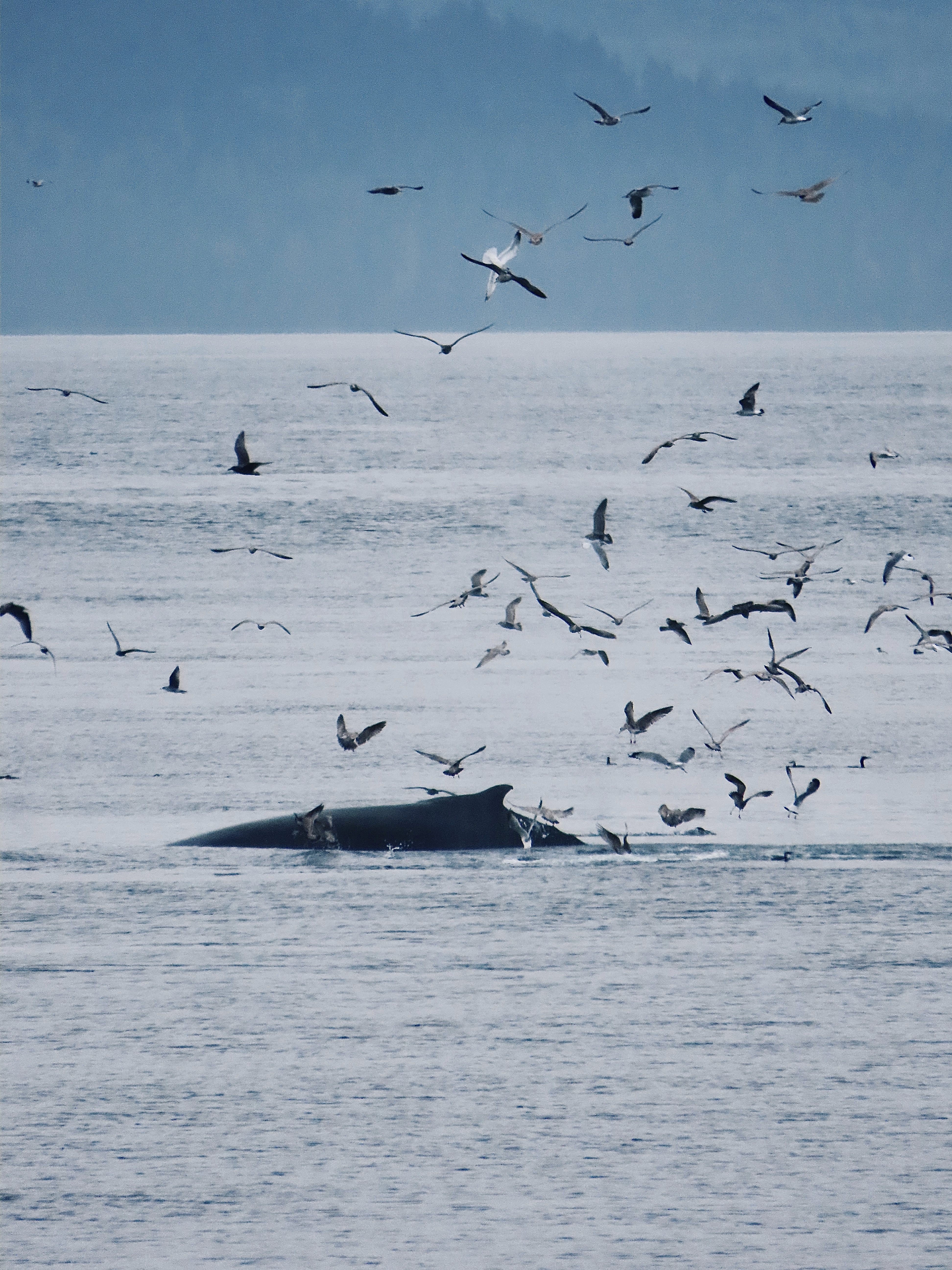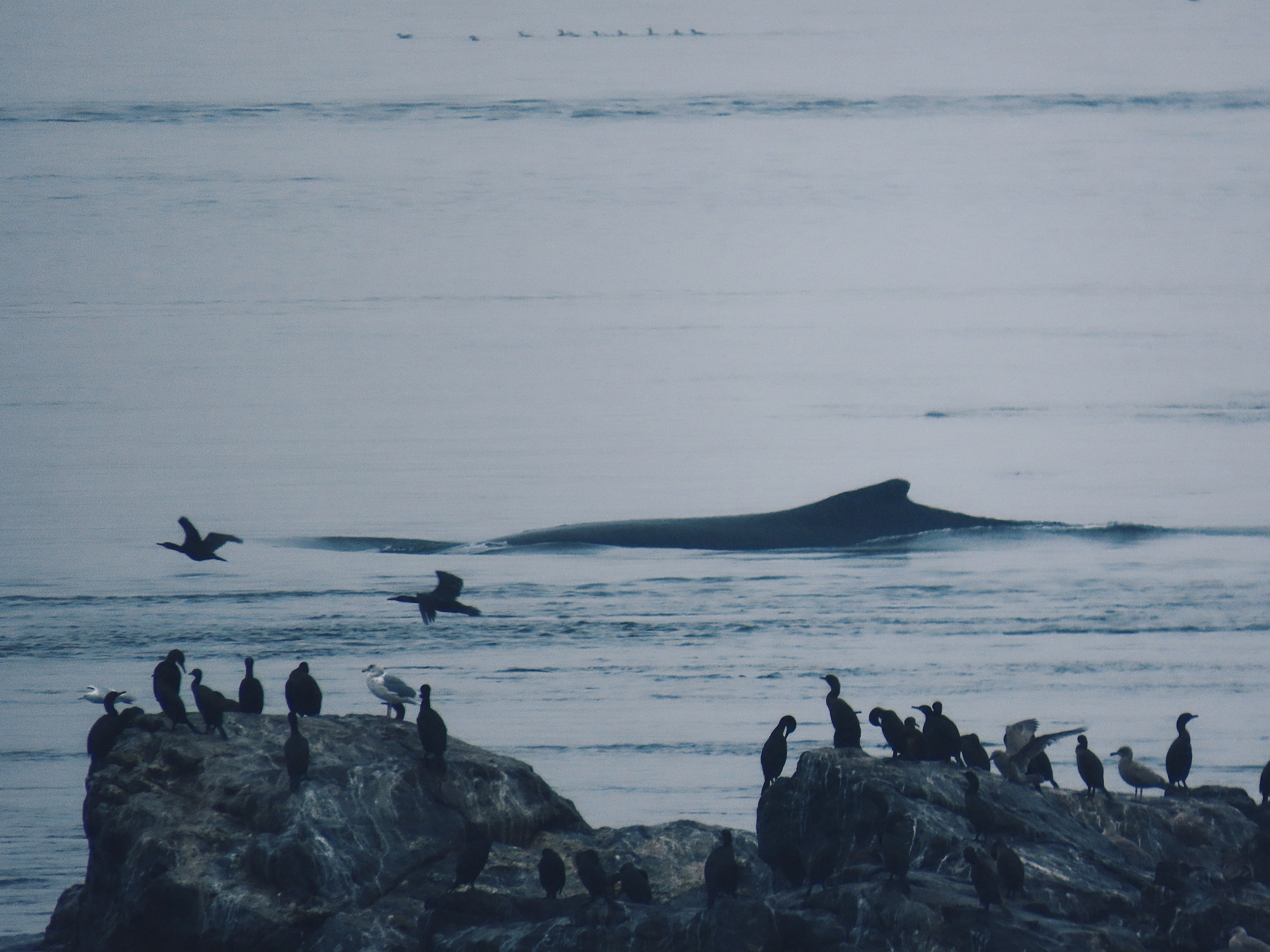Good news! The storm didn’t leave us with any damage, and the fence withheld the strong winds with only a few minor repairs needed this morning (I’ve seen the sea lions do much worse).
There have been a few weak/droopy sections of the fence that tend to come down the most often so my dad spent his morning fixing those and testing to ensure the current is running strong all the way through, which it now is!
The wind picked up in the afternoon and the clouds rolled in so our afternoon was quite relaxed inside. At least for a little while until my dad decided to get back to work and clean out the wood stove which is now sparkling and clear.
- Before
- After
- So clear!
I swear he’s going to take my job while I’m not looking if he works any harder!
While working outside today I found the dried up remains of a small dead fish, that I assume a bird must have dropped. Nothing out of the ordinary, that happens all the time, however on closer inspection it had more teeth than I’ve ever seen in a single animal.
My initial thought is that it could be a juvenile lingcod as they have many rows of teeth, but I am still trying to confirm that. I’ve asked around and I’m hoping someone might see this post and be able to enlighten me. Either way, its the stuff nightmares are made of!
Facility Work:
- Repaired fence
- Cleaned wood stove
- Chopped wood
Vessels:
- Ecotourism: 9
Weather:
- Sky: Sun and cloud, overcast in afternoon
- Wind: Low of 2 knots, high of 14 knots, with gusts up to 35 knots
- Sea: Whitecaps in the afternoon
- Temperature: Low 11•C, High 14•C
** All wildlife photos taken at the furthest distance possible, and may be cropped to improve detail! **

